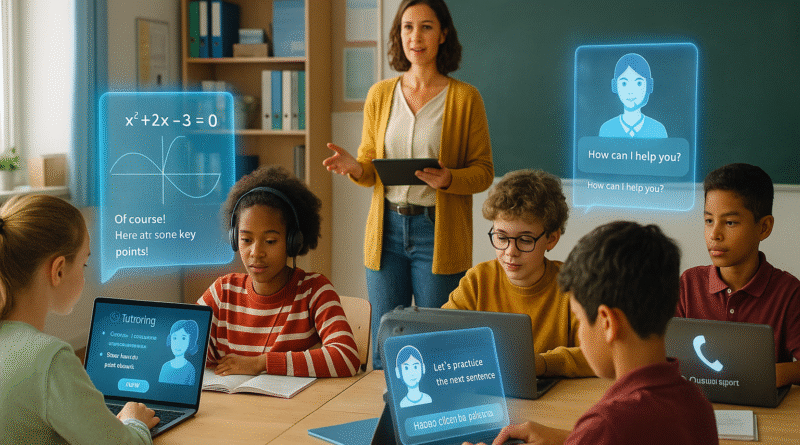7 Powerful AI Tutors Transforming Classrooms
Introduction
Education is evolving at breakneck speed. What once took decades to shift in the classroom is now changing in just a few years, thanks in no small part to artificial intelligence. In 2025, AI is no longer some futuristic classroom gadget; it’s a core part of how students learn, engage, and grow in real time. From rural elementary schools in Western Australia to bustling high schools in New York, AI tutors are quietly but powerfully reshaping the educational experience.
These tools are not about replacing teachers or digitizing old worksheets. They represent a new kind of educational relationship, one that responds to the learner’s pace, preferences, and pain points with real-time feedback and adaptive support. They listen. They adapt. They analyze. And in doing so, they help fill the gaps that overstretched teachers and rigid curriculums can’t always reach.
What makes AI tutors especially powerful isn’t just their speed or interactivity. It’s their potential to democratize access to quality instruction. A student struggling with algebra in a low-income neighborhood can now receive the same step-by-step coaching as someone in a top-tier private school. A child with dyslexia can compose essays with their voice and get help reading tricky words aloud, all without stigma or delay.
The global momentum is undeniable. In the U.S., AI tutors are being tested to personalize standardized test prep. In Europe, they’re integrated into hybrid classrooms to identify learning gaps faster than any human could. And in countries like India and Kenya, they’re bringing literacy to children who never had access to a dedicated teacher.
Of course, these innovations come with caveats, data privacy, screen time, algorithmic bias. But the potential? It’s transformative.
In this article, we’ll dive into seven of the most powerful AI tutors currently being used in classrooms around the world. Whether you’re a teacher searching for classroom support, a policymaker crafting edtech strategy, or a parent wondering if AI can really help your child learn better, these tools offer a glimpse into what the future of education looks like: personalized, inclusive, and powered by intelligent technology that still leaves room for the most human parts of learning.
Why It Matters
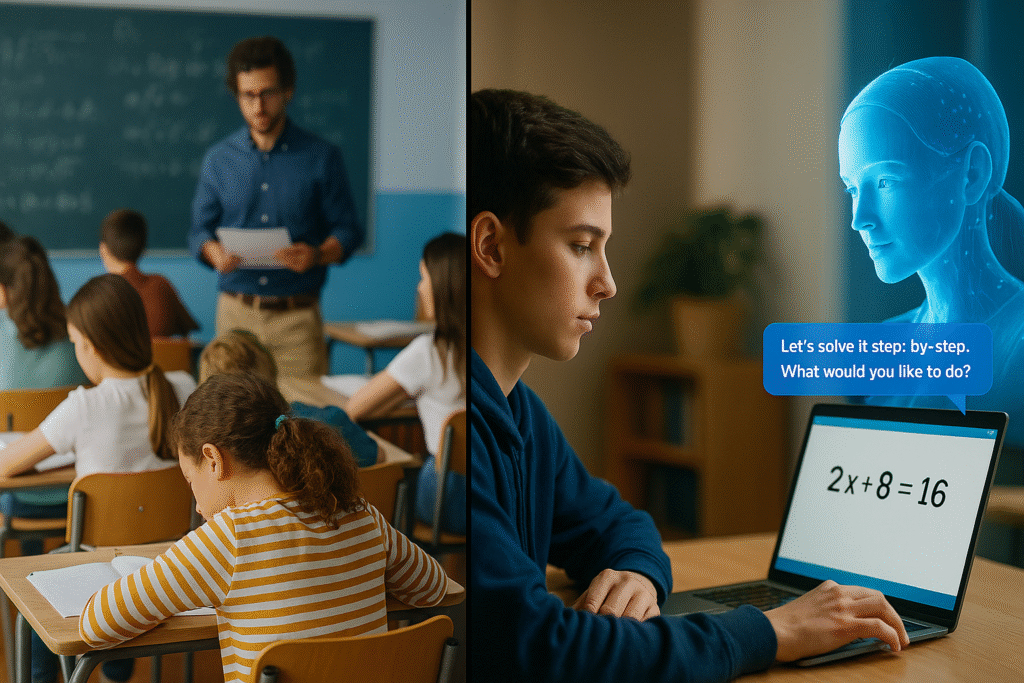
The rise of AI tutors isn’t just a trend,it’s a response to real challenges in education: overcrowded classrooms, overworked teachers, and learners who need more than one-size-fits-all instruction. These tools offer scalable solutions that personalize education without sacrificing quality.
They matter because they:
- Make education more equitable by reaching learners in rural or underserved areas.
- Empower students with learning differences to engage on their own terms.
- Give teachers deeper insight into student performance in real time.
- Reinforce foundational skills like reading and math, while supporting advanced learners.
In short, AI tutors are beginning to close gaps, not just in test scores, but in opportunity.
1. Khanmigo by Khan Academy
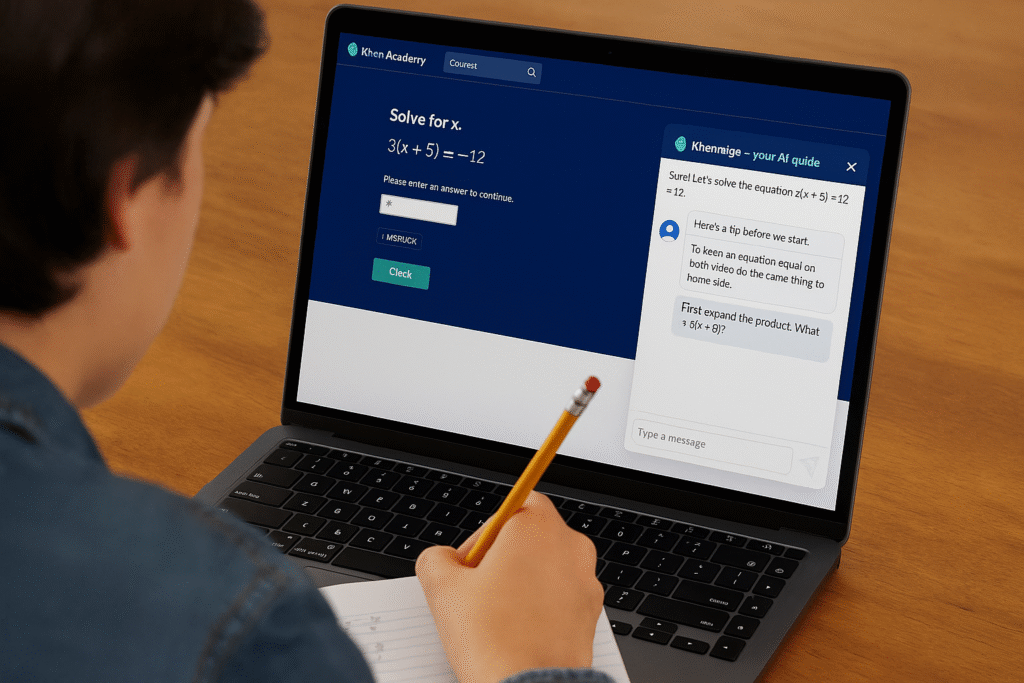
What it is: A GPT-powered tutor integrated into Khan Academy’s learning environment.
Why it matters: Khanmigo doesn’t just give students answers, it teaches them how to think through problems step by step. It offers real-time hints, explanations, and Socratic questioning to deepen learning.
Where it’s used: U.S. middle and high schools piloting AI-enhanced math and science instruction.
Example Benefit: Students struggling with algebra get adaptive guidance tailored to their pacing and mistakes.
2. Century Tech
What it is: A UK-based AI platform that uses machine learning to deliver personalized learning pathways.
Why it matters: It combines cognitive neuroscience with AI to create a dynamic feedback loop between student, teacher, and content.
Where it’s used: Over 1,000 schools across Europe, the Middle East, and Australia.
Example Benefit: Teachers save hours in grading and planning, while students receive custom revision tools.
3. Squirrel AI
What it is: China’s leading adaptive learning system based on granular student diagnostics.
Why it matters: It breaks down knowledge into micro-concepts and identifies which specific ones a student has or hasn’t mastered.
Where it’s used: Millions of students across Asia and in pilot programs in the U.S.
Example Benefit: Personalized math tutoring that adapts in real time to a learner’s knowledge graph.
4. Querium
What it is: A U.S.-based AI tutor focused on STEM learning and college entrance prep.
Why it matters: It simulates a 1-on-1 tutoring experience for complex math and science problems.
Where it’s used: High schools and community colleges in the U.S. and Australia.
Example Benefit: Improves readiness for standardized tests like SAT and ACT with step-by-step logic training.
5. Nuance’s Dragon Speech for Students with Disabilities
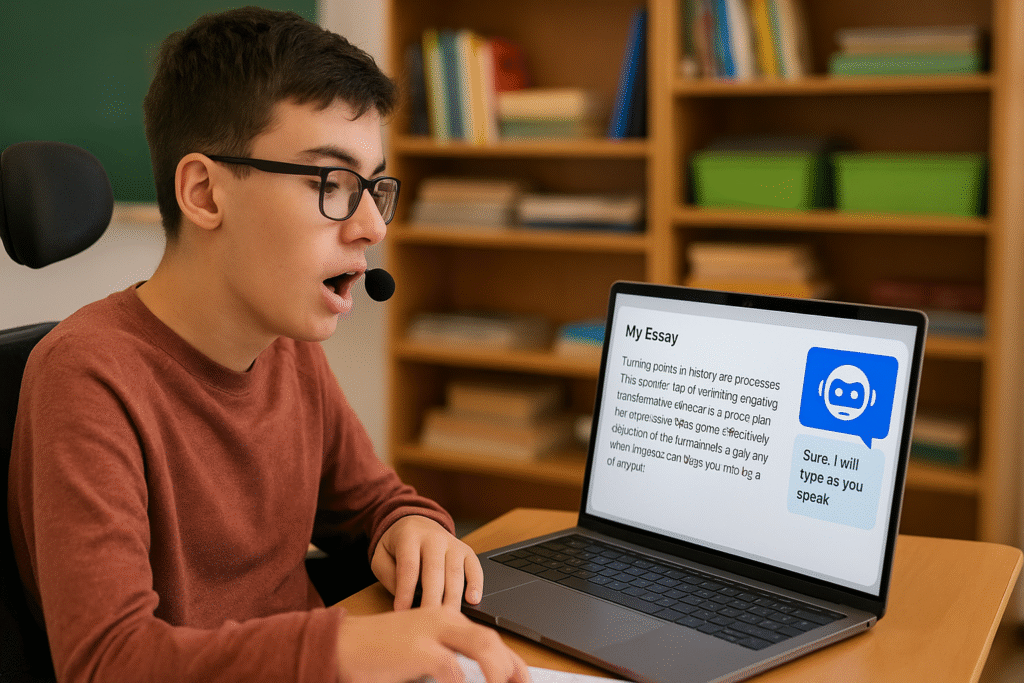
What it is: An AI-driven speech-to-text assistant designed for learners with dyslexia, motor impairments, or language disorders.
Why it matters: It empowers students who struggle with writing to participate fully in academic tasks.
Where it’s used: Inclusive classrooms across Australia, the U.K., and Canada.
Example Benefit: A non-verbal student can now complete written assignments independently using voice.
6. Google’s Read Along (Formerly Bolo)
What it is: A voice-enabled reading tutor app for young learners.
Why it matters: It helps children improve literacy by listening to them read aloud and giving feedback in real time.
Where it’s used: Widely used in India, the U.S., and pilot programs in Europe.
Example Benefit: Students build fluency and confidence, especially in underserved communities.
7. Duolingo Max
What it is: The premium AI-powered experience on Duolingo using GPT-4 to simulate real conversations and explain answers.
Why it matters: It turns passive language drills into immersive, interactive lessons.
Where it’s used: Secondary schools and adult learning centers globally.
Example Benefit: Students practice speaking with an AI tutor that corrects pronunciation and grammar contextually.
FAQ: AI Tutors in the Modern Classroom
Q1: Are AI tutors replacing teachers? No. They are designed to support, not substitute. AI tutors provide personalized assistance and analytics, while teachers focus on mentorship, classroom management, and emotional development.
Q2: Are AI tools safe for kids? Most leading platforms have strict data privacy policies and parental controls. Schools and educators should still review each tool’s terms and safety features before adoption.
Q3: What subjects work best with AI tutors? AI tutors excel in STEM, literacy, and language learning. However, creative writing and project-based learning still benefit most from human mentorship.
Q4: Can low-income schools afford these tools? Many tools, like Read Along or Khan Academy, are free. Others offer institutional pricing or government-supported access programs.
Q5: How do teachers use AI tutors in practice? Teachers often use AI tutors to assign differentiated homework, track individual progress, or run small group stations while they focus on personalized instruction.
Final Thoughts: From One-Size-Fits-All to One-on-One, At Scale
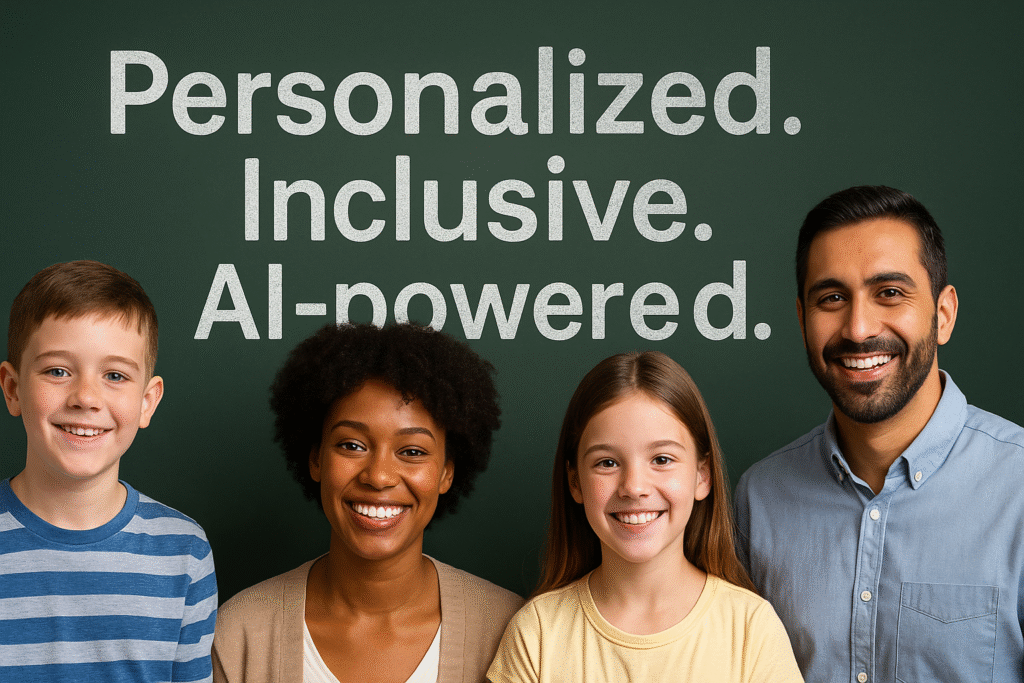
AI tutors are not replacing teachers. They are extending their reach, sharpening their insights, and ensuring that no student falls through the cracks. These seven tools represent a turning point: education that adapts to the learner not the other way around.
As classrooms become more diverse, the need for responsive, personalized support grows. With the right ethical guardrails and human oversight, AI tutors can help deliver on the promise of equity, inclusion, and deep learning, one student at a time.
The future of education isn’t just digital. It’s empathetic, intelligent and deeply human with a little AI boost when we need it most.
